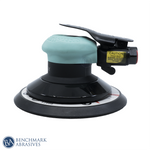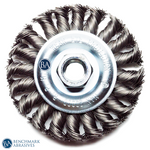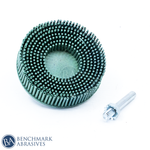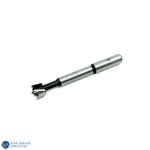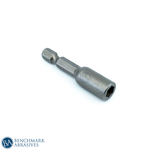
Is a belt sander better than an orbital sander
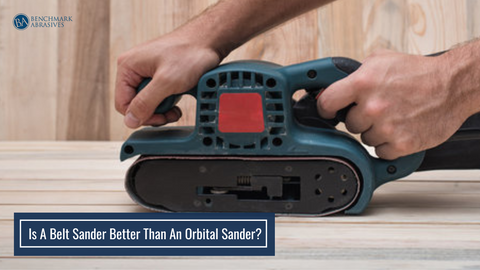
A helpful illustration of selecting the proper tool for the job is sanding wood. Despite the wide variety of sanders available, choosing the incorrect one will make your sanding project miserable. Sanding is essential to superb wood floors since it can help repair, restore, or refinish hardwood floors. Depending on the need, wood sanders come in various strengths and finishes.
Belt sanders and orbital sanders are two sanders common in any woodworking environment. To put it briefly, belt sanders have power and can quickly peel away wood. Conversely, finishing sanders like orbital sanders make wood incredibly smooth.
Belt Sanders
A belt sander works well for preliminary woodwork and prepares wood for further work. You can quickly remove any substance from wood with a belt sander.
- High speed and power.
- Best for demanding tasks.
- Perfect for broad, level surfaces.
- Excellent outcomes when working against the grain.
Orbital Sander
You can move an orbital sander in any direction since the abrasive pad moves in tiny circles. Although it is less powerful than a belt sander, you don't risk seriously damaging the wood, as could happen with a belt sander.
- Used for delicate sanding tasks, rounding corners, and finishing touches.
- A belt sander with enhanced flexibility and finesse.
- Around bends, shaping, and sanding.
- Not appropriate for large wood pieces.
- Reaches edges and corners.
Belt Sander Vs. Orbital Sander: Comparison
Now that we know their fundamentals let's compare the Belt Sander with the Orbital Sander. Belt and orbital sanders are compared in the following table.
|
BASIS OF DIFFERENCE |
BELT SANDER |
ORBITAL SANDER |
|
PRIMARY OPERATION |
Sanding belt loops continuously over two rollers. |
Circular Motion at Random |
|
SANDING PAD TYPE |
Sanding Belt shaped like a loop |
Circle-shaped sandpaper |
|
POWER |
Powerful, 8 to 11 amps |
Powerful, 8 to 11 amps |
|
IDEAL FOR |
Tackling big projects, removing material, fixing edges and corners, smoothing, sanding, and painting |
Surface finishing and smoothing, paint removal |
|
SWIRL MARKS |
It's possible if you're not careful because it's a combative tool. |
Circular motion causes minimal swirl imprints but does not stay stationary for an extended period. |
|
WEIGHT |
Little to medium weight. Better control with two hands |
Lightweight and simple to use with just one hand |
When Do You Use An Orbital Sander Versus A Belt Sander?
Regarding the crucial subject of when to utilize a belt sander instead of an orbital sander, the use cases for these sanders are straightforward to infer from the prior discussion.
In the woodworking sector, a handheld or portable belt sander is common. Its design and flexible operation allow you to sand or remove bulky debris from the surface. Because of its relative compactness, you can easily work on rounded corners and edges. Paint removal using a belt sander is easy for auto shops. The belt sander will make it simple to level the surface if you work on long flat surfaces.
On the other hand, an orbital sander is a small, compact tool you can use with one hand. While several tools also offer a random oscillation, they have a circular sanding disc (these tools are Random Orbital Sanders). You can use sandpaper belts with the tool for smoothing, finishing, and removing paint. However, it is not ideal for working on large surfaces due to its design and sanding pad.
We recommend purchasing the Belt Sander and the Orbital Sander for professional enterprises and workshops.
CONCLUSION
You must now know the detailed operations of an orbital and belt sander. Both are excellent tools that work well for a variety of jobs. Your projects and needs will determine the kind of sander you need. You can choose a belt sander if the job involves a flat surface, you can choose a belt sander. An orbital sander works best on small, rounded surfaces.












